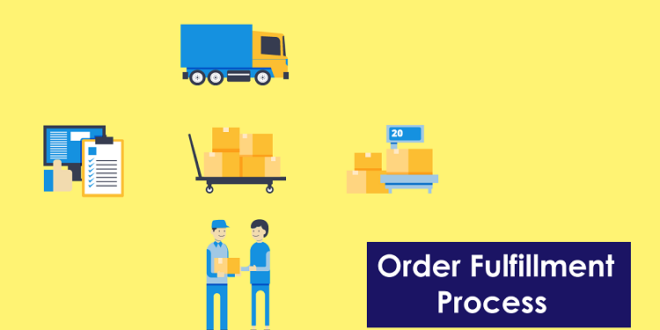Customer expectations for shipping speed and cost are continuously altering thanks to retail giants that have jumped on the bandwagon to provide free 2-day delivery.
When we want something as consumers, we want it now. Fulfilling such needs is easier said than done for vendors. While order fulfilment isn’t the most glamorous component of running an eCommerce business, it is a critical function that directly influences a company’s bottom line.
Consider the last time you purchased something from an online retailer, whether it was a book or a high-priced phone, and had a bad delivery experience. Perhaps your shipment was misplaced, arrived late, or was damaged.
Are you eager to make another purchase from that seller?
You’re not alone if this is the case. After a bad delivery experience, 38% of buyers would never buy with that merchant again. Because of poor delivery times, 25% of customers have cancelled a purchase. It all boils down to one thing in preventing that outcome for your own eCommerce business: your order fulfilment strategy.
What is Order Fulfillment?
Receiving items, processing orders, and delivering them to clients is known as order fulfilment. The procedure begins when a consumer places an order and finishes when the order is delivered. If a customer wishes to return a product, however, order fulfilment handles the return process.
Here’s a quick rundown of the stages involved in order fulfilment:
Receiving shipments of inventory
Storage of inventory
Processing of orders
Shipping
Processing of returns
Order fulfilment may be a costly and time-consuming procedure. As a result, some businesses conduct order fulfilment in-house, while others outsource it to a third-party provider.
Making a Strategy for Order Fulfillment
Ecommerce order fulfilment necessitates a well-thought-out approach, especially if you intend to expand your company. So let’s take a look at some key points to consider before increasing your fulfilment operations.
- The Location Is Crucial.
Even if you don’t have a real store, physical location is still important in eCommerce
Because consumers value both economical and quick shipment, optimising your fulfilment operation depending on where your buyers can enable you to reach the most individuals in perhaps the most cost-effective way.
Urban fulfilment centres are increasing because they allow businesses to ship to clients in major cities promptly and economically.
- Integrations Of Technology.
E-commerce management software that easily connects with the digital platforms may assist monitor orders across marketing channels without needing automatic uploads or redundant data entry.
The technology prevents human error from occurring. For example, how many times have we received the message “your order has been dispatched” but no tracking information? Customers must be able to track their items when they are on the go.
This implies that as soon as a consumer places an order online, fulfilment personnel may be notified to pick, wrap, and dispatch the products. The platform or marketplace can then provide the tracking information back to the consumer.
Visibility into inventory numbers on board across fulfilment locations is another crucial element of the fulfilment process. This informs online businesses on when they should buy extra inventory in advance to avoid stock-outs.
- Two Days Rapid Shipment
Customers value shorter travel times, and lower prices as rapid delivery speeds such as 2-day and even same-day become increasingly common.
Offering free 2-day delivery reduces cart abandonment and attracts more customers to your checkout page; however, the aim is to do so without raising your return rate.
Ecommerce Fulfillment Model
It’s not uncommon for new entrepreneurs to handle inventory and pack orders from their homes.
At this entry-level, in-house fulfilment consumes a significant amount of time that may be better spent gaining new customers, developing new goods, or launching marketing initiatives.
The next step is when entrepreneurs have no time in hand and need extra hands to handle the shipments, which is through the help of third-party solutions. When you outsource fulfilment to a third-party logistics provider like RakutenSL.com, they take care of everything from receiving goods from your manufacturer to refilling returned items.
Conclusion
Allowing your consumers to choose from various speedy and economical delivery choices helps avoid unpleasant surprises at checkout. You should be able to conquer whatever obstacles you come across.
 HammBurg Be informed with latest news, reviews, entertainment, lifestyle tips, and much more.
HammBurg Be informed with latest news, reviews, entertainment, lifestyle tips, and much more.




